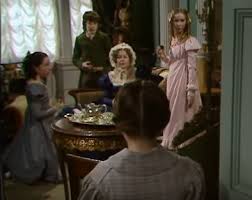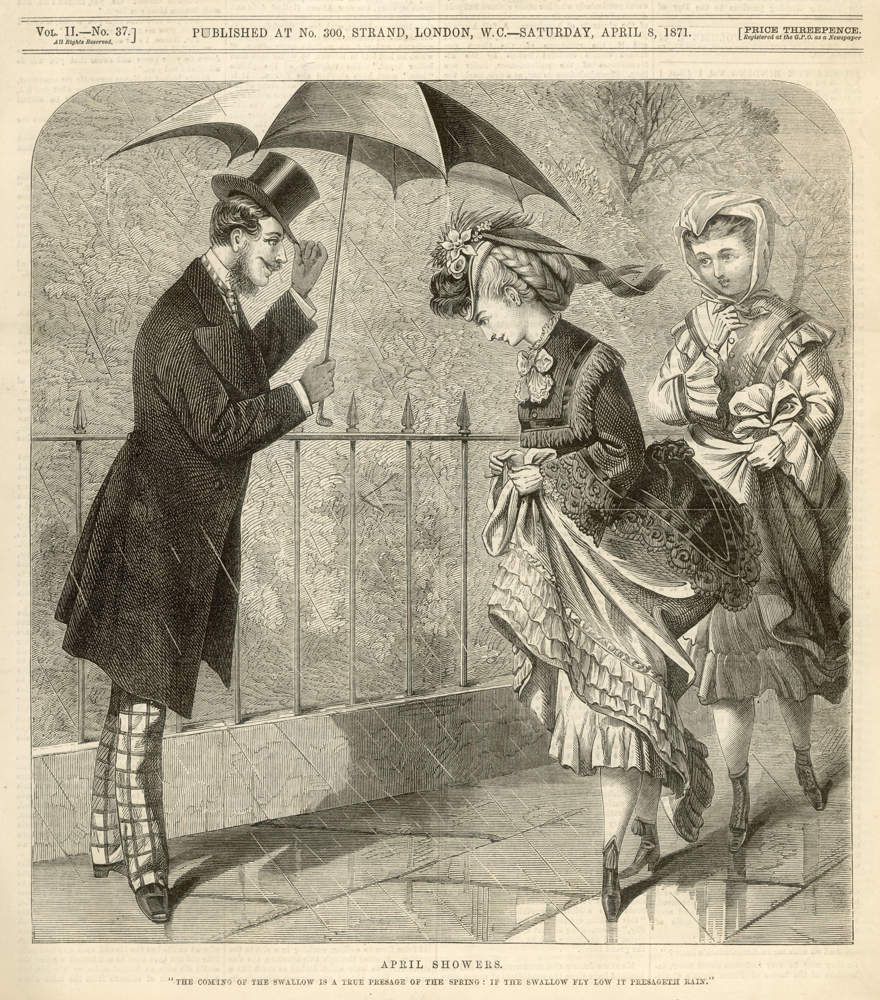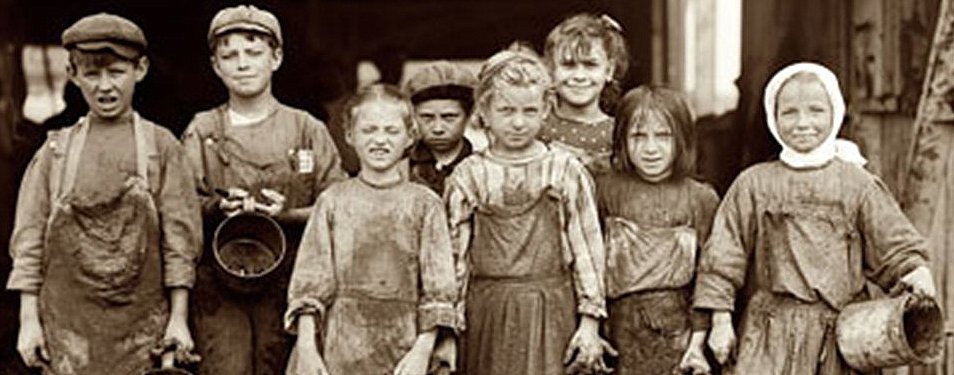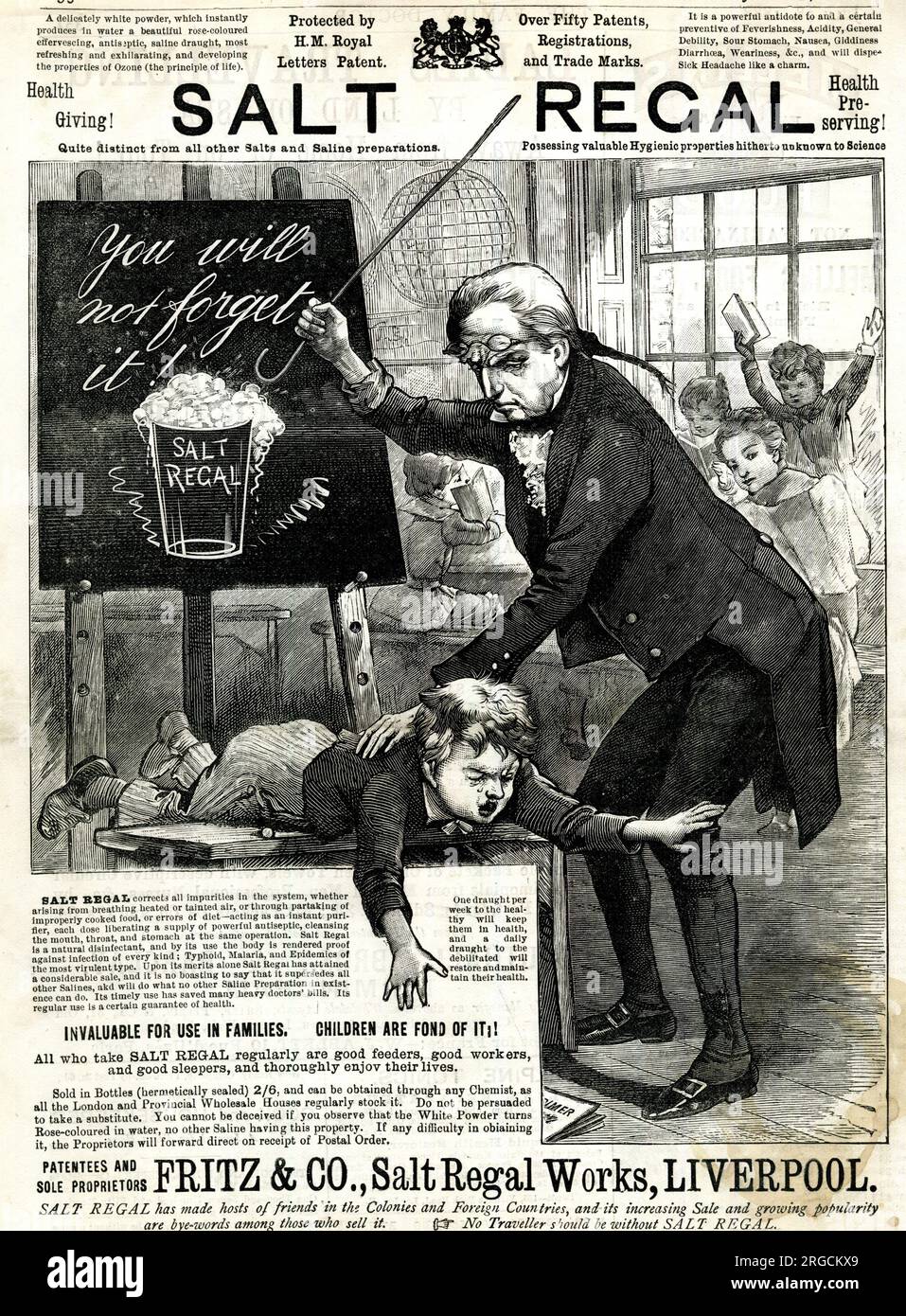Victorian Society
Charlotte Brontë's novel Jane Eyre is a detailed picture of Victorian society. It talks about and criticizes many traditions and social rules. In the book, the writer shows the problems of gender inequality, social injustice, and the limits of social class. She gives a deep and sensitive view of life in that time.
How started?
The Industrial Revolution marked the Victorian era. A period of many changes that transformed British society and economy. The Industrial Revolution had a significant impact on people's lives, because the people who worked in industries were NOT privileged, that is, they were poor, and the people who were the directors of the industries were privileged. This created a class society.
Inequality
Victorian Society was strongly structured by gender norms that limited women's opportunities.
For women in the Victorian time, being a mother was very important. People thought it was the best thing for a woman, along with having a good husband and a nice home. To be called the "Angel of the House", a woman didn't need to go to school. She needed to know how to cook, sew, clean, and manage her time. She also had to learn how to talk to other people and work with house workers. Most women learned how to be wives and mothers from their families. People in Victorian times believed family was very important. Women had to take care of the home and family because men worked outside. Cleaning the house, cooking, and raising children were seen as enough to make a woman happy.
Children in that society
In Victorian times, it was very difficult to live for many children
Poor children: had a hard life, many of them, they worked in factories or farms. They really were very tired, thirsty, and hungry.
Orphans: They were treated very bad, (like Jane). They live in poor houses or with other people who did not love them.
Children had to be quiet and polite, because if they aren't like that, they were punished.
EXAMPLE: Jane Eyre, is a poor orphan, she is treated badly by her aunt and cousins. No one empathize with her. Is a big example, how poor people life in that time.
BUT
Rich children: They lived in a big house, with nice clothes, toys, and teachers in the home. Servants helped them, for anything.
Governess (a job)
In Victorian times, a governess was a woman. This profession consist, though, children, in a rich family's house. She was not a servant, but also she was not part of the family.
The functions of governess:
Taught reading, writing
She lived in the house of her employer
They were excluded completely, because they were eaten with children or alone
It was one of the few jobs a woman could do alone
Jane's Experience:
Jane was happy to have a job and earn money
But sometimes she felt alone and not important
But also here met Mr. Rochester, and her life started to change better.
Punishments in Victorian Times
In Victorian times, punishment was VERY STRICT, children and poor people were often hard and cruel
If children were rude or disobedient, they could be hit
Some children were sent to cold or dark rooms, like Jane in red room.
A lot of people believed punishment made children good.
Jane experience:
Jane was punished in secret by her aunt.
John (cousin) hits her
She locked alone in the red room. It is cold, dark, and scary.
PERSONAL OPINION
I think the punishments in Victorian times were too hard.
Jane is just a child, but they treat her like a bad person.
She is brave, even when no one defends her.
I feel sad for her, but also proud because she fights for herself.
How the Victorian time finished?
The Victorian period ended when Queen Victoria died in 1901. And there were big changes, like.
People wanted more rights and more freedoms.
Women wanted vote
Children no longer had to work, they went to school
Poor people got more help from the government
People wanted to be more equal.
Pictures



